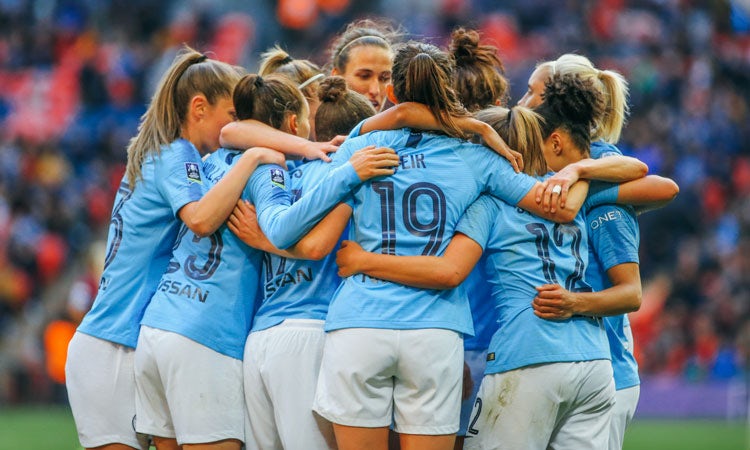As the clock struck 12 on New Year’s Eve and we transitioned into a new decade, little were we aware that sport as we know it would be flipped upside down. The effect of the global pandemic has led to empty stadium seats, the cancellation of the Olympics for the first time since World War II, and a drastic fall in sports participation from grassroots to elite levels. In particular, the economic crisis, caused by the outbreak, has had a profound impact on the already prevalent gender inequalities in sport, including the gender pay gap.
This disparity can be traced back to stereotypes during the formation of contemporary sport, with women being deemed the ‘weaker sex’ and unable to cope with the demands of physical exercise. Most notably, the founder of the modern Olympiad, Baron Pierre de Coubertin, stated that an Olympics with the inclusion of female athletes would be “impractical, uninteresting, unaesthetic and incorrect.”
The undertone of suppression of women in sport, despite its gradual dissipation, is reflected through the difference in earnings between their teams and those of men. This concept is illustrated through the FA Cup distribution of prize money during the 2019/20 season. Manchester City Football Club was awarded a prize of £25,000 for winning the Women’s FA Cup whilst their male counterparts, representing Arsenal, received a substantially higher amount of £3,600,000 for claiming the championship title. Additionally, Forbes’ annually published list of ‘The World’s 100 Highest-Paid Athletes’ emphasises this discrepancy further as only two women, tennis icons Naomi Osaka and Serena Williams, make an appearance on the list.
Although steps in the right direction have been made to improve this inequity, the years of progress aimed at improving gender parity for women and girls in sport is being jeopardised due to the emergence of COVID-19. The possibilities which contribute to widening of the gender pay gap include a reduction
in revenue across clubs, teams and organisations alongside the current underrepresentation of women in sporting roles. These factors threaten to cause a prioritisation of male sports due to its perceived greater profitability. This may lead to salary cutbacks, releases from contracts, club closures, league terminations and an increased susceptibility for women to be furloughed or fired.
Although the foreseeable future is uncertain, we can only hope that the sports sector can recover from the financial implications of COVID and that the momentum of sport becoming an equal playing field between men and women is continued.
Featured image via Marketing Week

